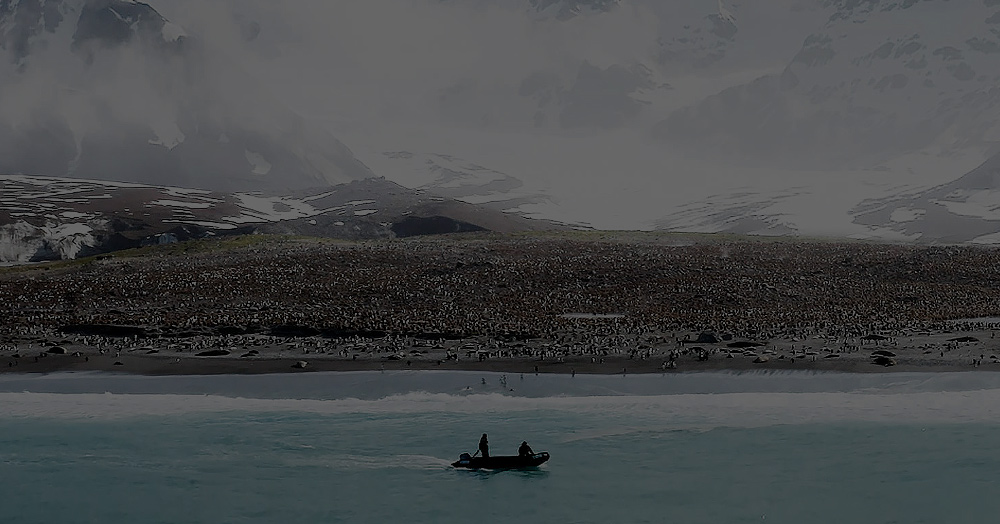04
BEHIND THE SCENES
The most frustrating issue we had was batteries losing their charge if exposed to the cold. Every morning, we would tape hand warmers to all our batteries and we would load up our snow suit pockets with them close to our bodies to keep them warm. This made it even harder to move around on top of the layers of clothing we had on already.
The first day of the shoot was actually the coldest—the still air temp was -29C. It was bitterly freezing. We soon realized we were going to need a lot more hand warmers. We found the best way to mitigate the damage was to tape hand warmers to much of the gear and keep things wrapped up until the moment you needed to use them. These temperatures are well beyond manufacturers’ operating range!
We experienced ghosting (no pun intended) and blackouts on the LCD screens. The drone failed to launch. Then, the LCD on the c300 blacked out. Oh, and on the last day, the 7-inch LCD stem on the EpicW shattered.
The biggest challenge was the effects of the cold on our bodies was the toughest challenge. We needed our fingers to operate the touch screens, yet we could only suffer for about 30 seconds without gloves before the frost bite started to set in. The cold worked its way onto my cheek, which was super painful. As anyone who shoots in the outdoors knows, it can be hard even at the best of times. This was next-level.
The terrain on the last day was rough, and this was coupled with very low visibility. What happened as a result was we rolled one of our snowmobile trailers and crushed the DJI Inspire. It was frustrating, but we accepted it as a hazard of the shoot. Thankfully, we had already shot all our aerials by that stage.







